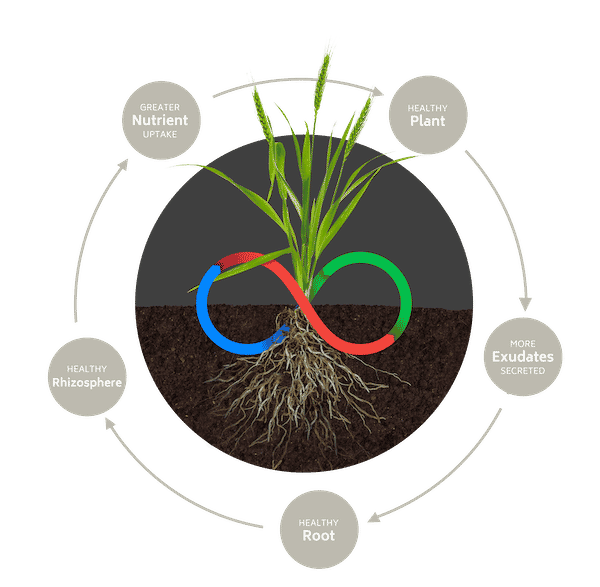
At ATP, we believe a proactive, science-based approach to restore the balance between plant and soil health is the single most effective way to deliver the genetic potential of the crop. We challenge the status quo by utilizing agtech to monitor and drive productivity.

What's Possible
A crop’s ability to yield starts with the genetic potential within the seed. After planting, the yield potential decreases from stresses that include weather, soil conditions, weeds, diseases, pests and imbalanced nutrition.
60% of the crop’s genetic yield potential can be influenced by employing proper plant nutrition. Maximizing productivity means being proactive versus reactive and integrating nutrition at key growth stages of the crop – seedling emergence, rapid vegetative growth and reproduction. Combining nutrition with biostimulants at these critical growth stages drives nutrient uptake, nutrient use efficiency and overcomes abiotic stress to deliver the crop’s potential.

Restore the Balance Between Plant and Soil Health
Healthier plants means healthier soils and vice versa. ATP focuses on plant and soil health, understanding that the maximum genetic potential is achieved and preserved when the two are optimally balanced.
Change the Trajectory
A complete nutrient management plan consists of not only a balanced soil applied program, but also a seed and foliar component as well.
Just like it doesn’t make sense to eat all your meals at the beginning of the day, it doesn’t make sense to put down all your fertility prior to seeding. ‘Little and often” is the best way to optimize efficiency, manage risk and drive productivity. We need to ensure that we have a robust, properly placed soil fertility plan, combined with nutrient enriched seed to get the crop off to a strong start. This needs to be followed up with foliar applications at the critical growth stages to achieve the overall nutritional requirements of the crop.
Advantages of an integrated application approach –
- Reduce risk – Pace spending of nutrition pending upon the yield potential of the crop.
- Address nutrient deficient seeds to ensure early season vigor and maximize root development.
- Take advantage of nutrient use efficiency associated with foliar applications.
- Proactively address nutrient deficiencies or imbalances within the crop.
- Supplement any nutrition shortfalls from a soil applied program.








